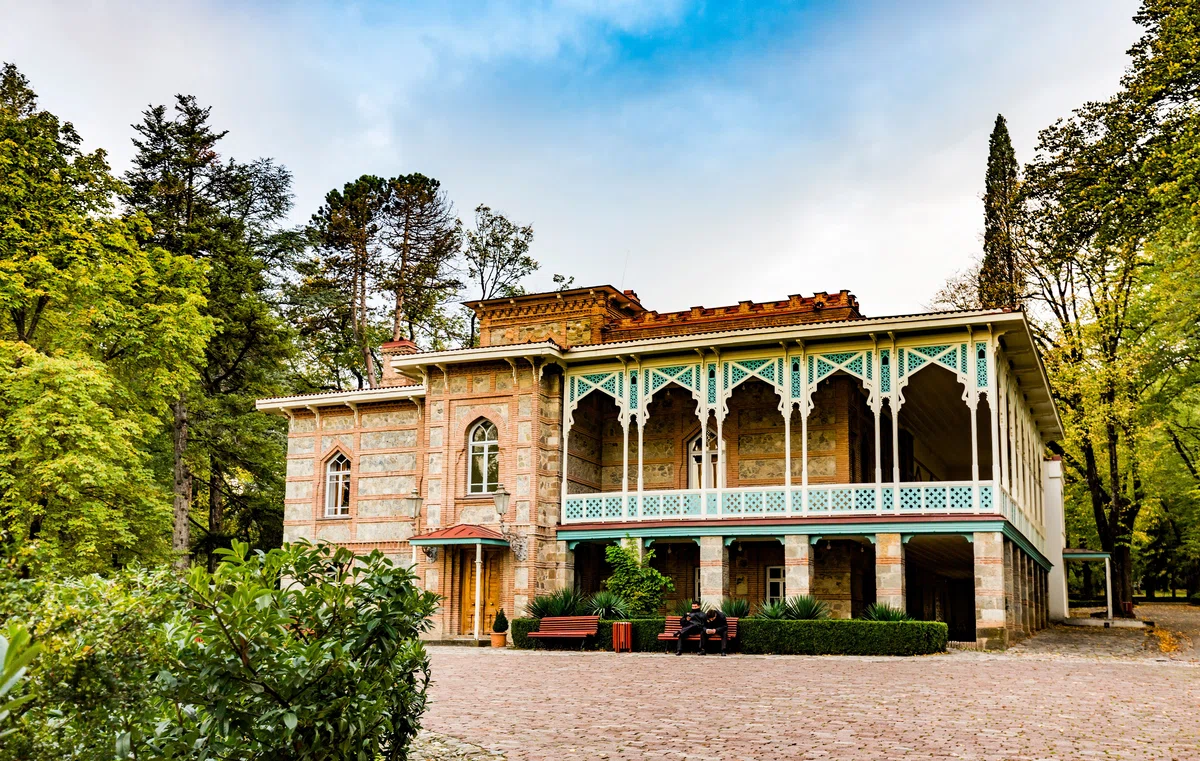
Houses-museums of famous Georgian figures. Alexander Chavchavadze House Museum.
The house-museum of the famous poet Alexander Chavchavadze houses about twenty thousand items affecting the life and creative activity of Alexander. There is a souvenir shop on the ground floor of the museum, and in the main part you will find photographs, documentary collections, personal belongings, manuscripts and so on.
Address: Telavi district, Tsinandali village
The museum was built in 1886 by the architect A. Ozerov and is located inIlia Chavchavadze's palace, гwhere up to 20 thousand exhibits are collected, materials reflecting the life and work of the poet, as well as the era contemporary to him - epistolary and iconographic archives.
Various editions of the 19th century (French, German, English, Polish, Armenian), manuscripts of the 18th century, photographs of D. Ermakov, examples of painting and lithography, as well as Georgian, Russian, French furniture of the 18th-19th centuries, other household items, dishes (Chinese, Japanese, French, German, Italian, Georgian, Russian), musical instruments.

A poet, translator, military leader, diplomat, large landowner, public figure and innovator, Ilia Chavchavadze (1786-1846) was one of the important figures of his era. He was respected both in Georgia and in the Russian Empire. Ilia Chavchavadze was the godson of the Russian Empress Catherine the Second. Ilia Chavchavadze served in the military (lieutenant general) and took part in more than one important military expedition. He fought against Napoleon (he was an adjutant to Barclay de Tolly). It should also be noted that despite his closeness to the imperial court, Ilia Chavchavadze took part in the uprising of 1804 and the conspiracy of 1832.
Ilia Chavchavadze is considered the founder of romanticism in Georgian poetry. He translated numerous works by Aesop, Voltaire, Pushkin and others into Georgian. Ilia Chavchavadze was the first landowner to process Georgian wine in the European way. His wine cellar still exists today. The museum contains 16,500 bottles of wine of various varieties.
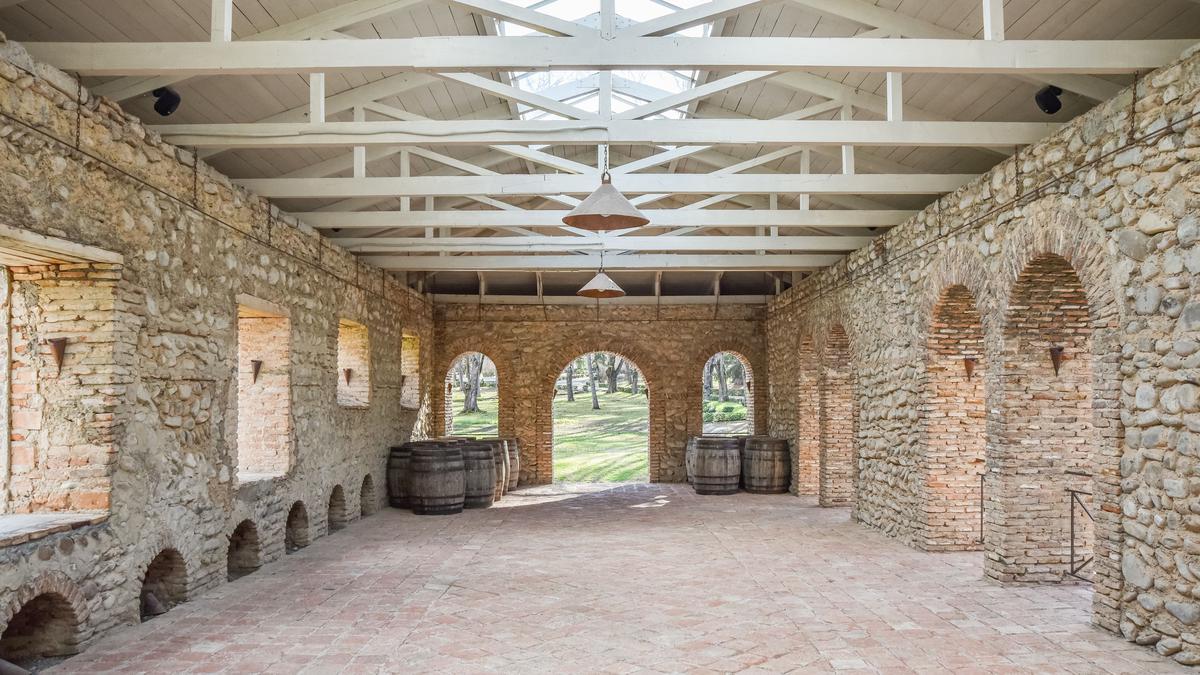
On the first floor of the museum there is a souvenir shop, which offers souvenirs related to the museum and the Kakheti region, a copy of a scarf embroidered by Nina Chavchavadze, copies of finds discovered during archaeological excavations, etc.
The garden in Tsinandali should be mentioned separately. Ilia Chavchavadze was the first to invite decorative garden specialists from Europe and began to plant a park in the Tsinandali estate. The park is interesting for its planning principle. Some specialists compare it with English parks such as Richmond and Kew. In 1887, the remodeling and enrichment of the decorative park began, and a great master of landscape art from St. Petersburg, Arnold Regel, was invited to draw up its plan.
In 2008, after restoration, the renovated exhibition halls have already become the site of several important exhibitions of works by Georgian and foreign authors – Salvador Dali, Pablo Picasso, Piet Mondriani, Elena Akhvlediani, Dmitry and Sandro Eristavi, Sergo Kobuladze and others.

House-Museum of Ilia Chavchavadze - This is a historic house in Tbilisi, Georgia, which belonged to one of the greatest Georgian poets and thinkers of the 19th century, Ilia Chavchavadze. The house-museum was opened in 1987 and has since attracted tourists from all over the world with its unique architecture and rich history.
The Ilia Chavchavadze House-Museum was built in 1835 and became a meeting place and a place for the Georgian intelligentsia of the time. It was a place where Chavchavadze spent time with his friends and colleagues, including other great Georgian poets of the time, such as Nikoloz Baratashvili and Grigol Orbeliani.
One day, during one of the parties at Chavchavadze’s house, something amazing happened. The guests were captivated by the amazing play of light and shadow created by the candlelight. Chavchavadze, inspired by this play, decided to create his own theater of light and shadow. Thus began the history of the first Georgian theater of light and shadow. Chavchavadze took this business very seriously and was engaged in creating new figures and scenery for his performances. His theater became one of the most popular in Tiflis and attracted many spectators. Subsequently, his ideas and works in the field of light and shadow were included in the curriculum of the Georgian Academy of Arts. However, not only the theater of light and shadow was associated with the Chavchavadze house-museum. In 1836, Chavchavadze married a beautiful girl named Nina Kipiani, and their marriage was one of the most significant events of that time. Nina Kipiani was a very educated woman and was the first woman in the Georgian SSR to receive a doctorate in science. She made a great contribution to the science and culture of Georgia, and was also a famous feminist and public figure. After Nina Kipiani passed away in 1971, the house-museum was closed for several years and remained empty. In the late 1970s, the museum was restored and opened to visitors. Today, the house-museum of Ilia Chavchavadze and Nina Kipiani is one of the main attractions of the Georgian city of Tsavkis-Tsakhta.
The house-museum contains various exhibits related to the life and work of Ilia Chavchavadze and Nina Kipiani. Here you can see interior items, furniture, paintings, photographs, personal belongings and documents that belonged to these outstanding personalities.
One of the most interesting exhibits is the room where Ilia Chavchavadze wrote his poems. Here is the old desk on which he worked, as well as some of his manuscripts. Many poets and literary critics come here to feel the atmosphere in which the poetry of this outstanding Georgian poet was created.
Another attraction of the house-museum is the library, which has more than 12 thousand books. The collection includes works by various authors, including Georgian, Russian and Western European writers. Many of these books were personally read and studied by Chavchavadze and Nina Kipiani, and many rare and valuable editions can be found in this library. The Ilia Chavchavadze and Nina Kipiani House Museum is not only a monument to their lives and work, but also an important cultural center where various cultural events, concerts, lectures, exhibitions and creative meetings are held. Many of these events are aimed at preserving and promoting Georgian culture, art and literature..
The house-museum also houses a school of fine arts, where young talented artists can receive an education and develop their creative potential. Much attention is also paid to organizing excursions and tourist programs, during which visitors can get acquainted with the history of the house-museum and learn more about the life and work of Chavchavadze and Nina Kipiani.
But in addition to all this, the Ilia Chavchavadze House-Museum has another hall that is of particular interest to sophisticated connoisseurs of culture and history. This is a hall dedicated to Russian-Georgian friendship and cooperation.
In this hall, you can see many rare and unique exhibits related to Russian-Georgian relations, such as portraits of Russian tsars, presented by them to Georgian rulers, as well as documents testifying to the interaction of the two countries in various fields of culture and science. One of the most interesting exhibits is the book "The Twelve" by Alexander Blok, which he presented to Ilia Chavchavadze in 1918. In this book, Blok dedicated a poem to Chavchavadze, which became a kind of symbol of Russian-Georgian friendship.
The House-Museum of Ilia Chavchavadze and Nina Kipiani is a unique place where the history and culture of Georgia have been preserved, where you can immerse yourself in the atmosphere of life and work of outstanding personalities of the past, as well as learn more about the relationship between the two great people and their contribution to the development of Georgian culture.
One of the main attractions of the house-museum is the library, which has more than 12 thousand books. Among them are many copies of rare and valuable editions related to different periods of Georgian and world literature. In addition, the library contains many books that belonged to Chavchavadze himself and his wife. The museum also features many portraits and photographs of the Chavchavadze family and their immediate circle. This allows you to feel the atmosphere of that time and understand how Georgian noble families lived and thought in the 19th century.
In addition, the house-museum hosts various exhibitions, events and concerts related to Georgian culture and history. Here you can listen to live music, get acquainted with the works of modern Georgian artists, and participate in master classes on Georgian cuisine and national crafts.
Despite the fact that the house-museum is located in an old building that has preserved its historical appearance, it also has all the necessary modern amenities so that guests can spend their time comfortably. There is a cafe on the museum grounds where you can try nationalGeorgian cuisine dishes,as well as a shop with souvenirs and gifts.
The Ilia Chavchavadze and Nina Kipiani House Museum is not only a monument to their lives and work, but also an important cultural center of Georgia. Here you can learn about the lives and works of these famous people, about Georgian culture and history, and enjoy the wonderful atmosphere of an old Georgian. The house museum has a rich collection of items related to the lives and works of Ilia Chavchavadze and Nina Kipiani. Among them you can see manuscripts, books, pictures, photographs, furniture, dishes and other things that relate to their lives and work. One of the most interesting exhibits in the house museum is the piano on which Nina Kipiani played her compositions. This piano was given to Nina Kipiani by her father, who was a famous Georgian poet. She played it for many years and created many of her musical works on it. Today this piano is in the museum hall and is one of the most valuable exhibits. Another interesting exhibit is the gold clock mechanism that belonged to Ilia Chavchavadze. This mechanism was made in the 18th century and is a unique example of watchmaking craftsmanship. It has a complex mechanism with several dials and an automatic winding mechanism. Today it is located in the museum hall and attracts the attention of tourists from all over the world.
In addition, in the house-museum you can see a number of interesting paintings and photographs that tell about the life and work of Ilia Chavchavadze and Nina Kipiani. Among them are portraits of their friends and acquaintances, photographs in which they are depicted together, as well as drawings and engravings that were made during the creative period of Ilia Chavchavadze.
But the most interesting thing in the house-museum of Ilia Chavchavadze and Nina Kipiani is the atmosphere of an old Georgian house. The house was built in the 19th century and has retained its original interior. Here you can see old items related to the life of Ilia Chavchavadze and Nina Kipiani. For example, in the house-museum you can see original furniture, ceramics, dishes, decorative interior elements, personal belongings of the owners of the house, as well as a collection of paintings that were painted by Chavchavadze and his contemporaries.
One of the interesting exhibits is the book "No One Should Stay Alive" by Nina Kipiani. This work was written during the Second World War and is dedicated to the tragedy of the Jewish people. The book describes the life of Jews in a concentration camp, and Nina Kipiani tried to tell about the events in such a way as to evoke a feeling of empathy and understanding in the reader.
In addition, the house-museum of Ilia Chavchavadze and Nina Kipiani is a center of cultural life. Literary evenings, musical concerts, theatrical performances, as well as exhibitions of contemporary artists are often held here. Such events help to maintain the cultural heritage of Georgia and attract a large number of guests from different parts of the world to the house-museum. But the most important thing that makes the house-museum of Ilia Chavchavadze and Nina Kipiani so unique is that it helps to preserve the memory of outstanding people and connect them with the present. The house-museum not only tells about the life and work of the owners of the house, but also reflects the history of Georgia, its culture and traditions. It helps to preserve the connection between the past and the future, which is very important for any nation.
In conclusion, the house-museum of Ilia Chavchavadze and Nina Kipiani is not just a museum, it is a unique place where the history and culture of Georgia are preserved.
The address of the house-museum of Ilia Chavchavadze is Tsinandali village, Telavi region, Georgia.
--------------------------
Please leave comments and ask questions under the article, and we will try to answer all your messages.





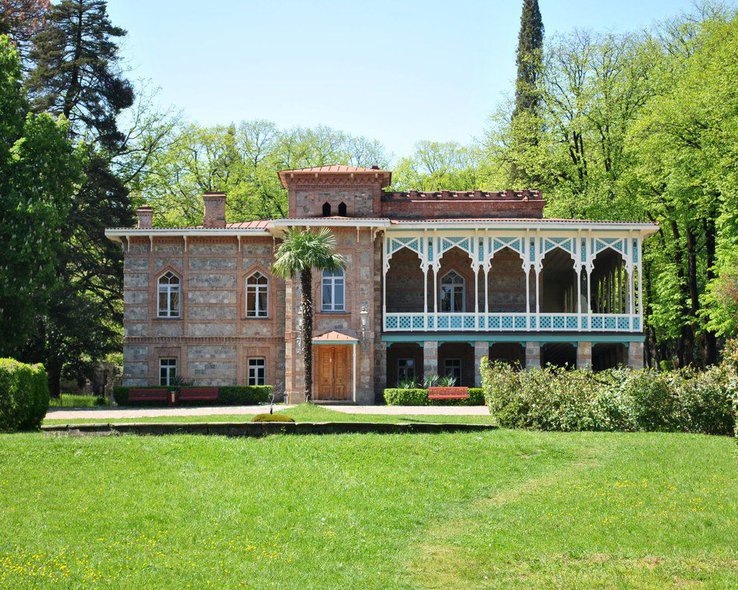
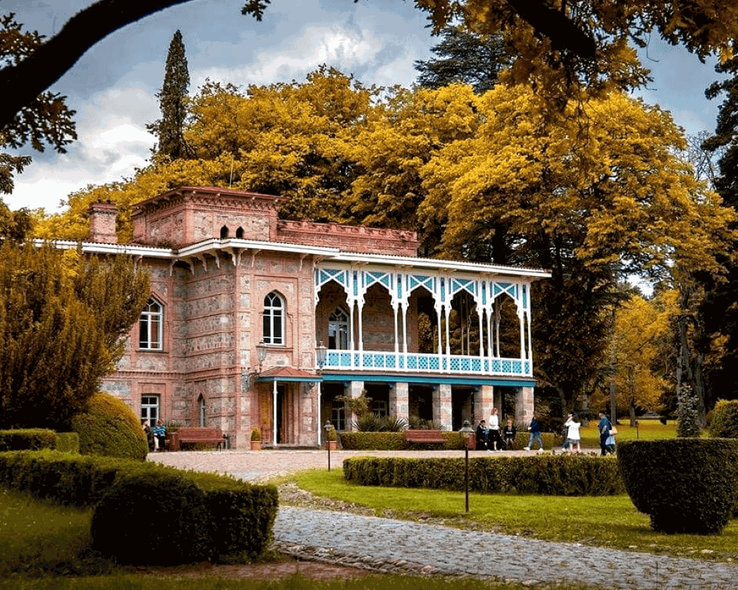
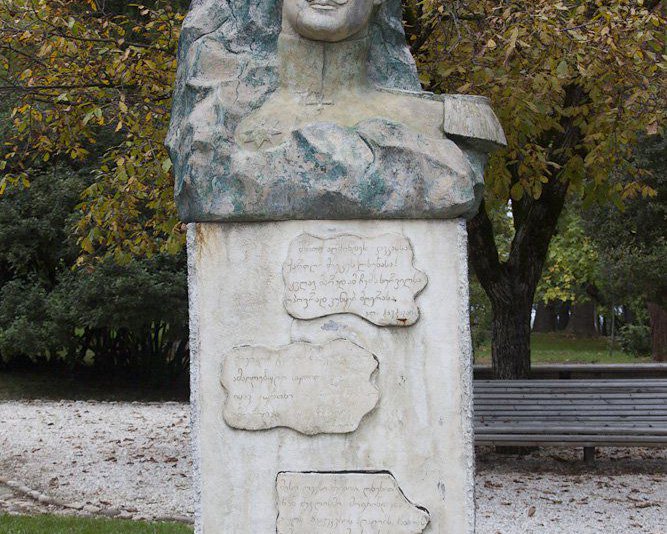
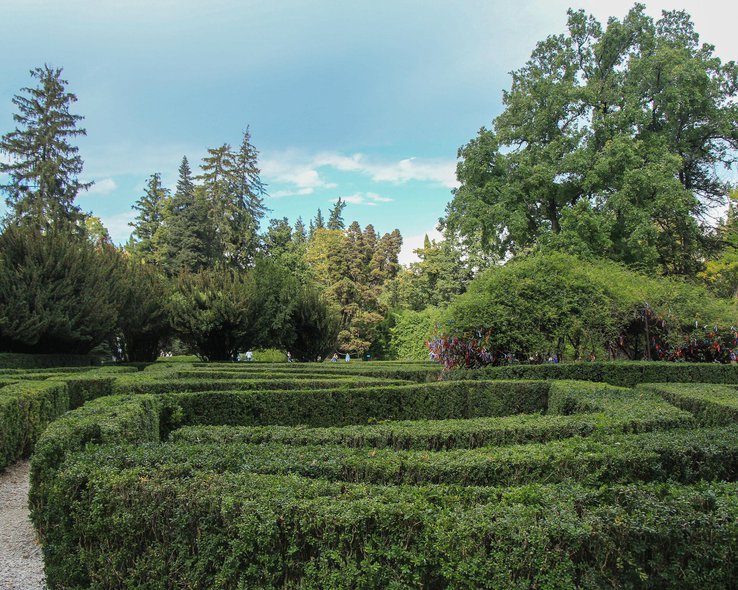

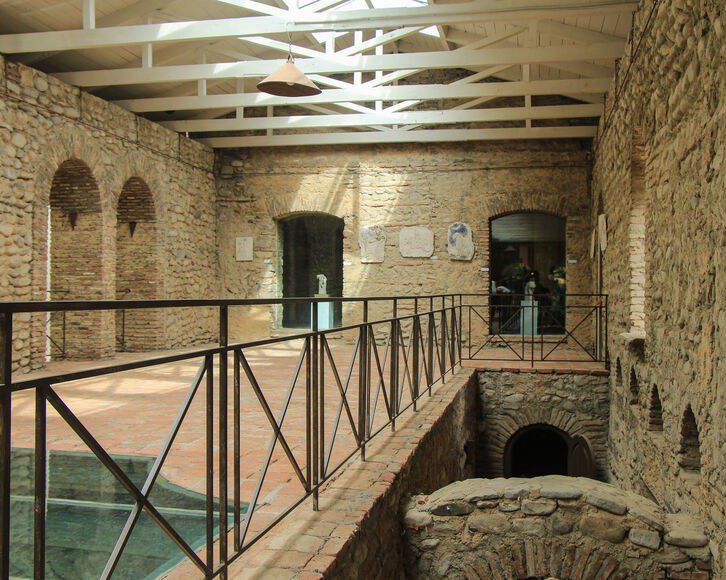

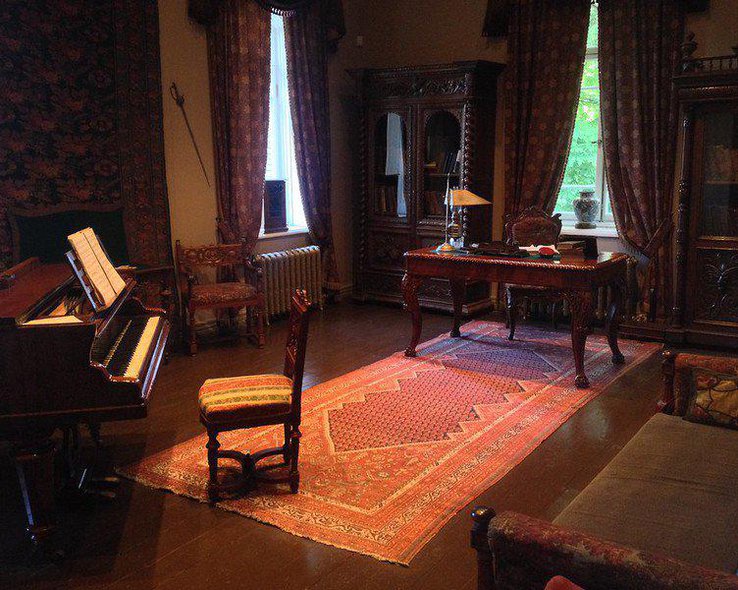
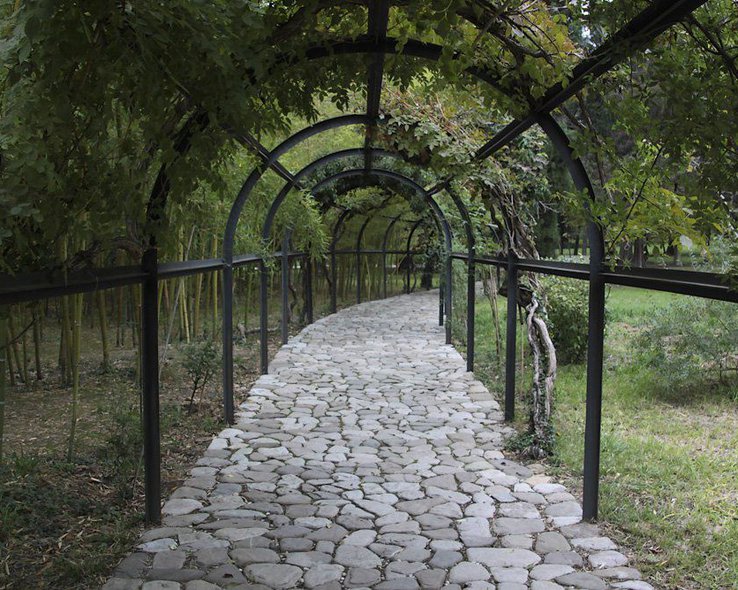
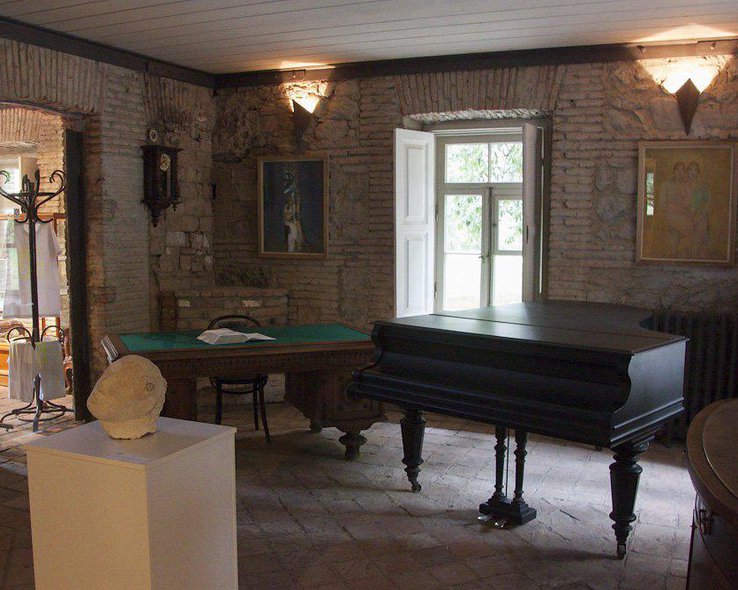
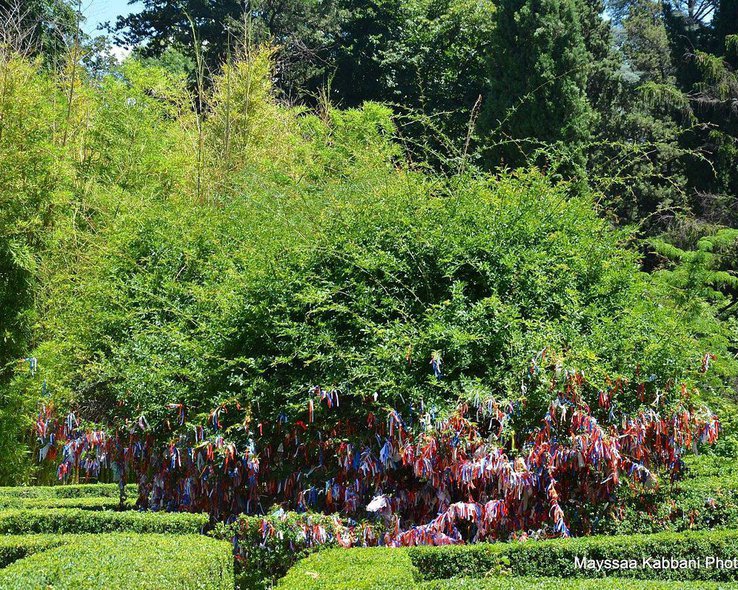
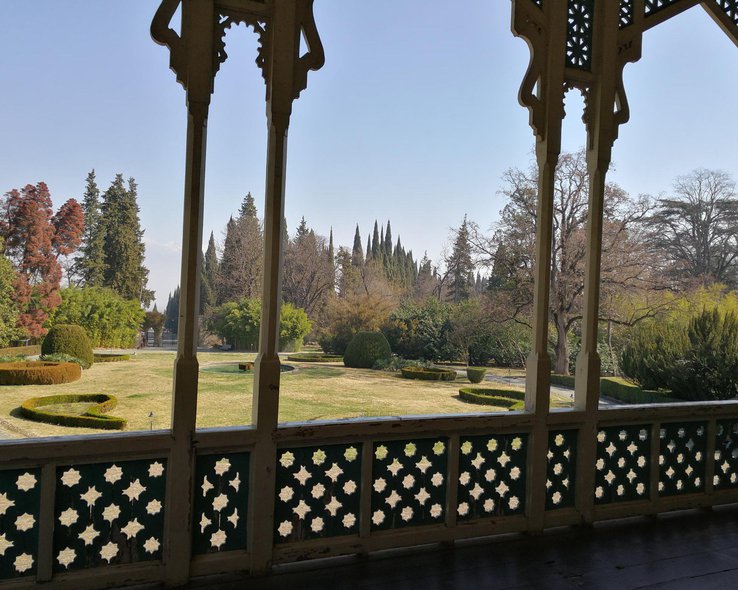

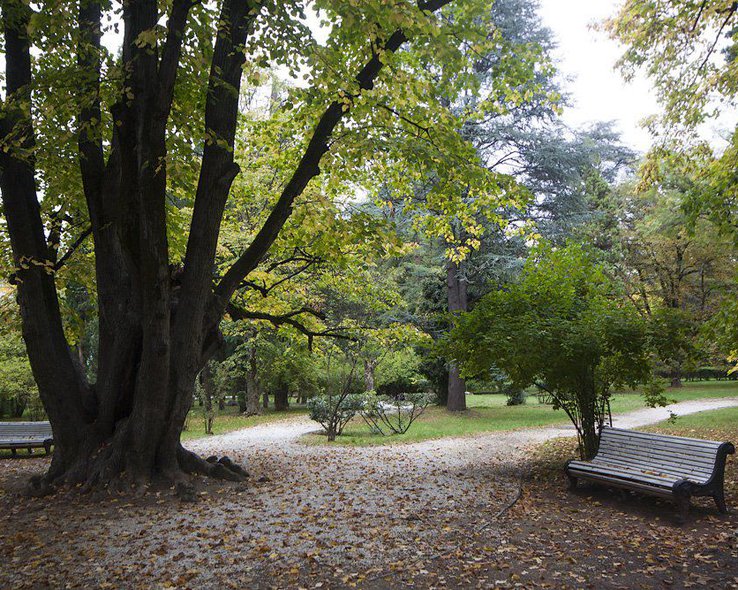
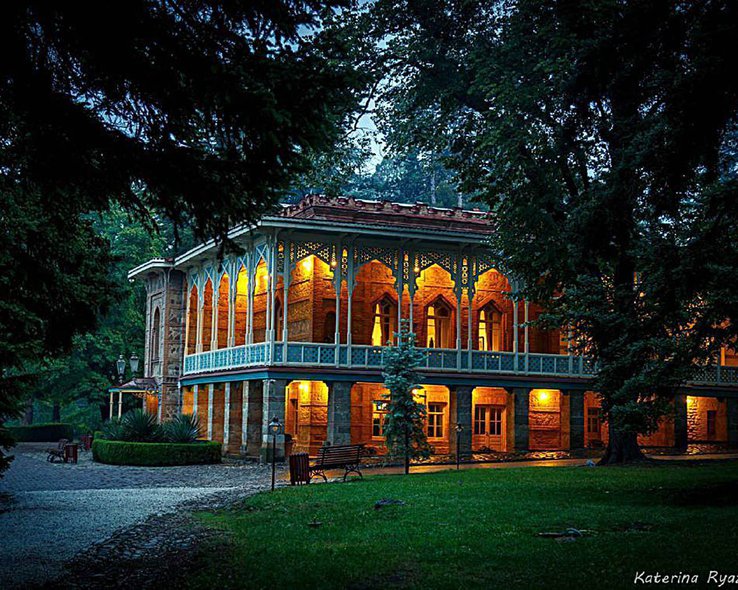
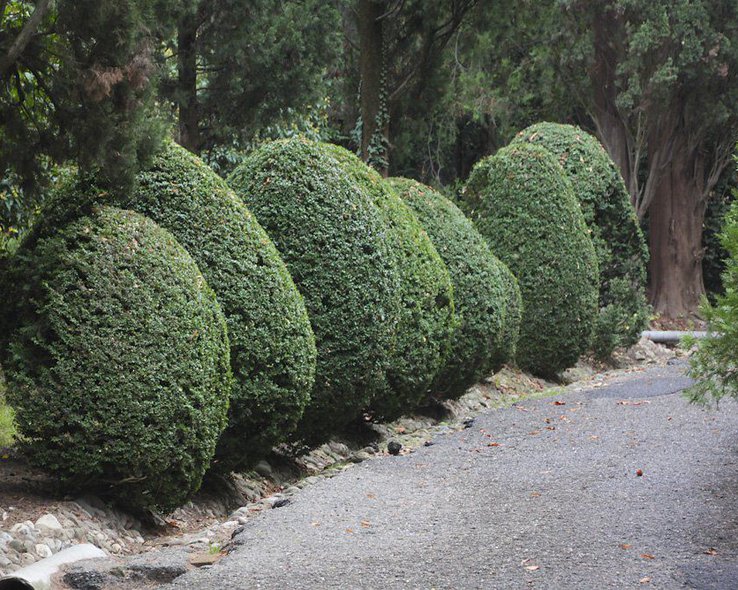
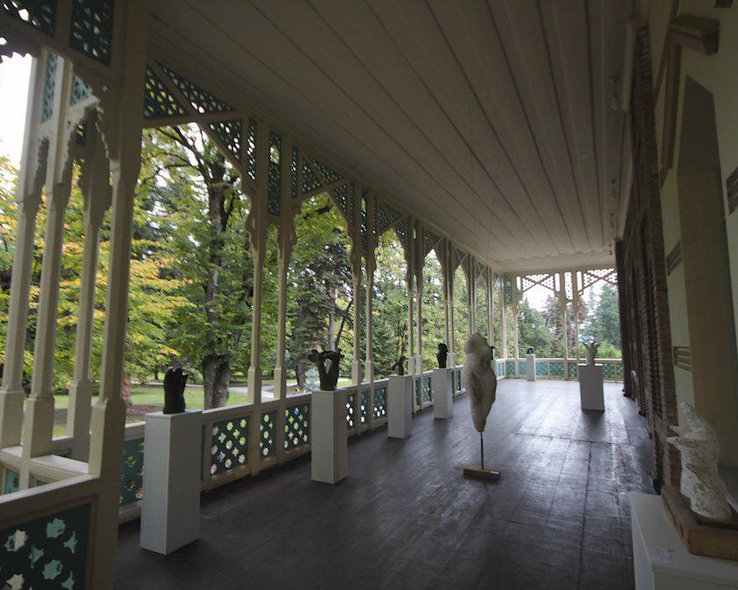
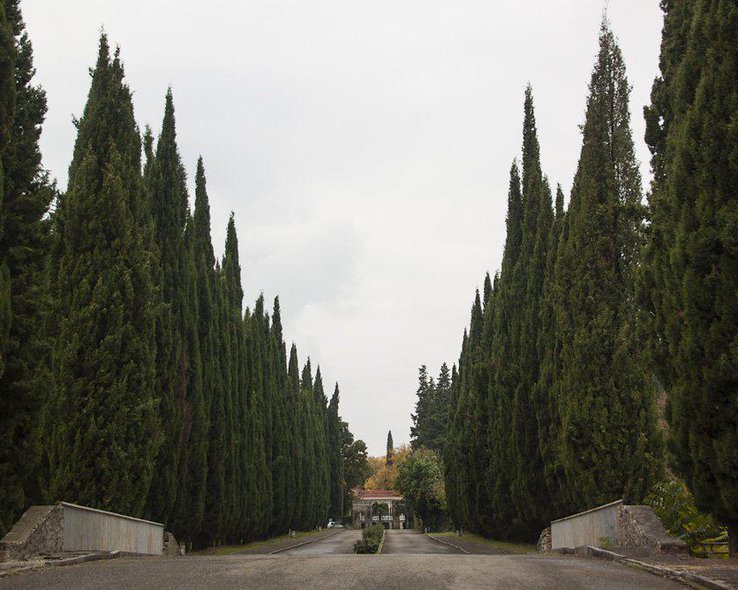
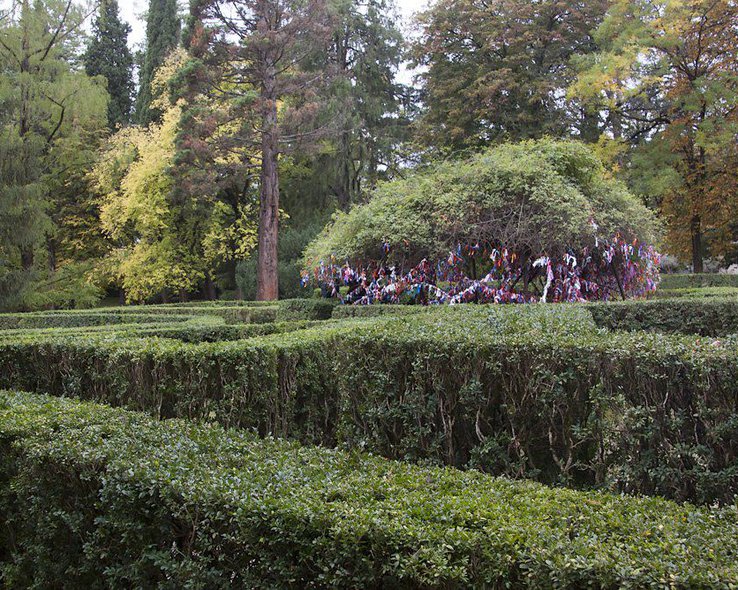

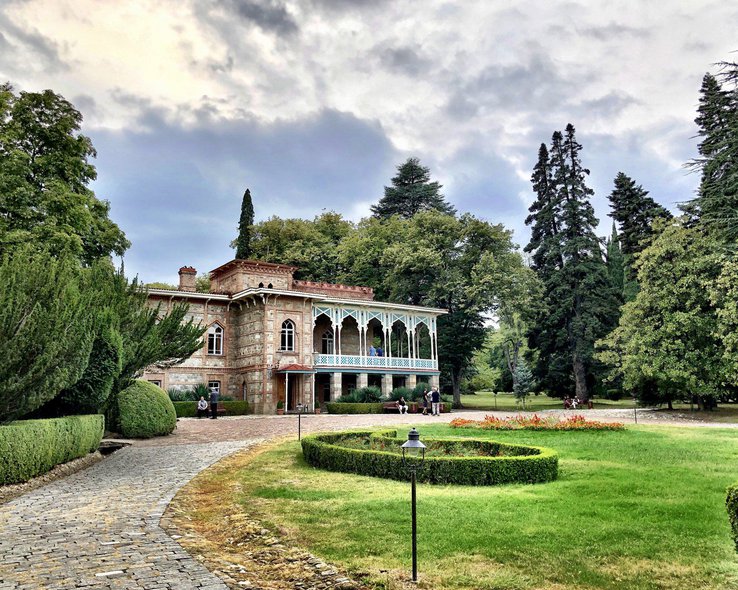
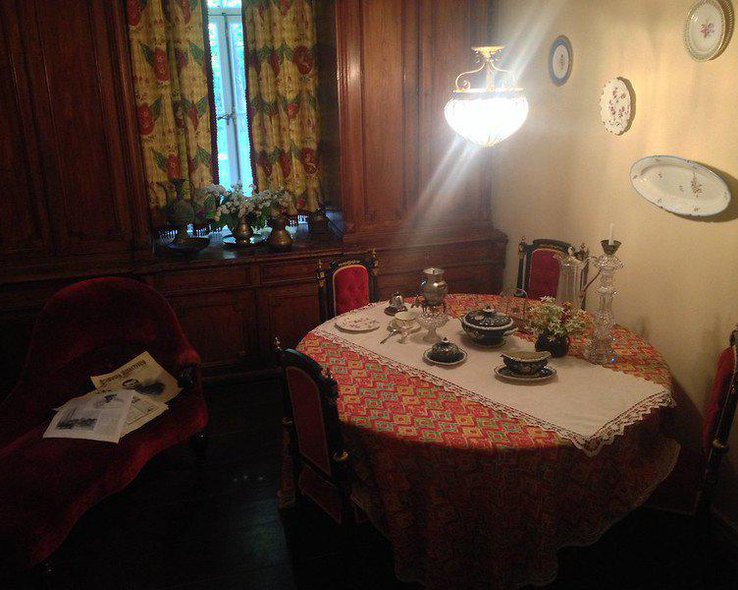
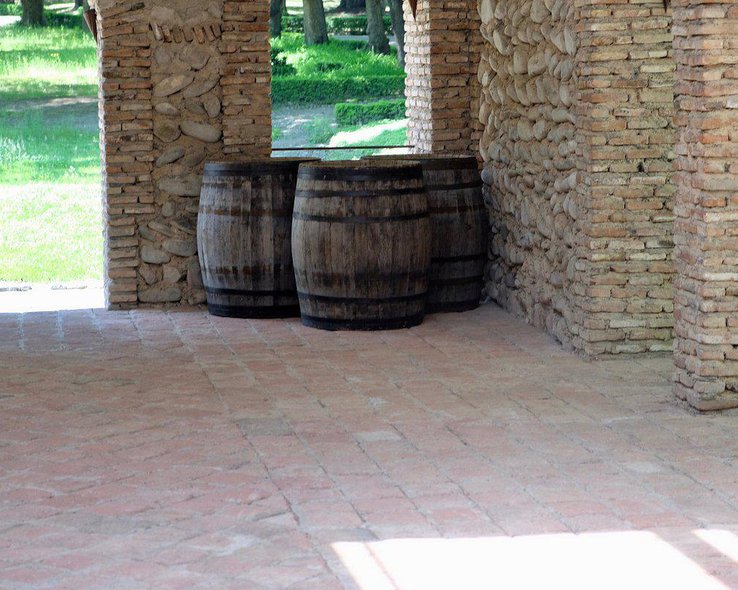

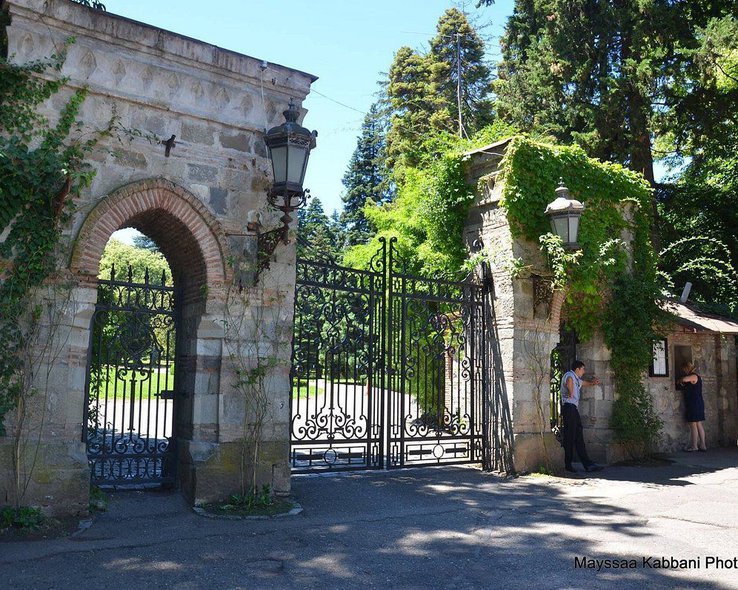
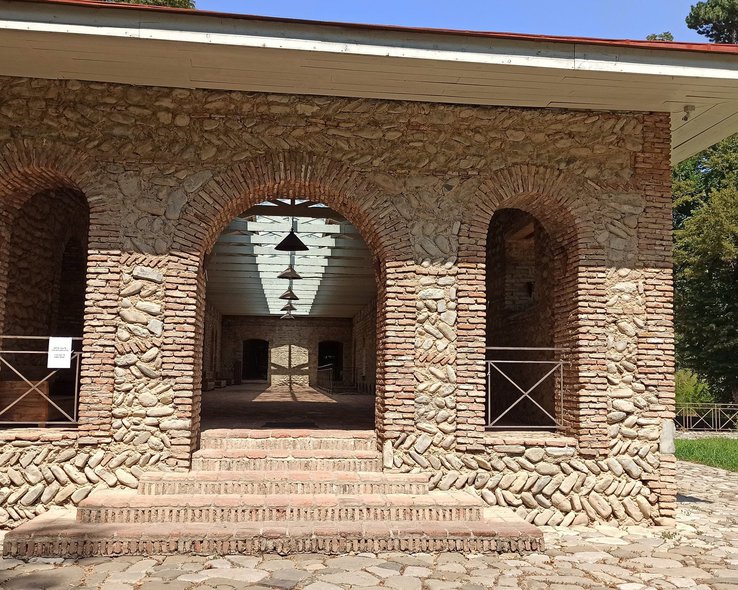
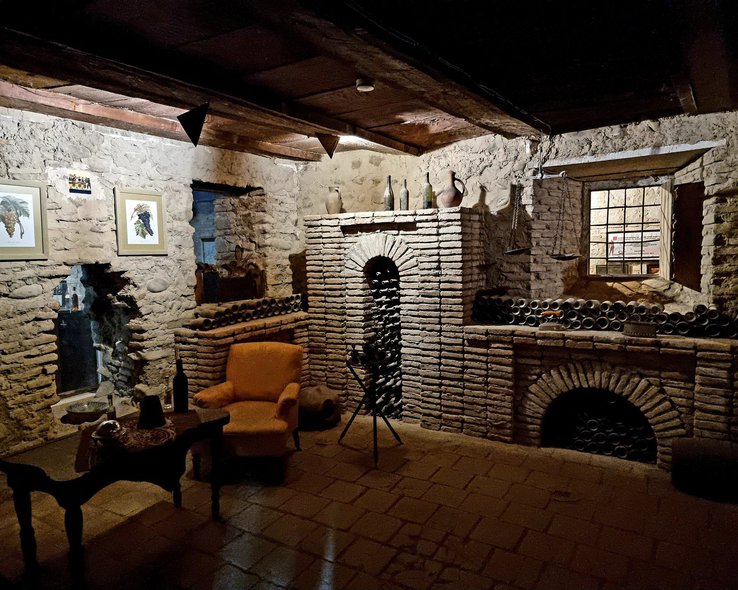
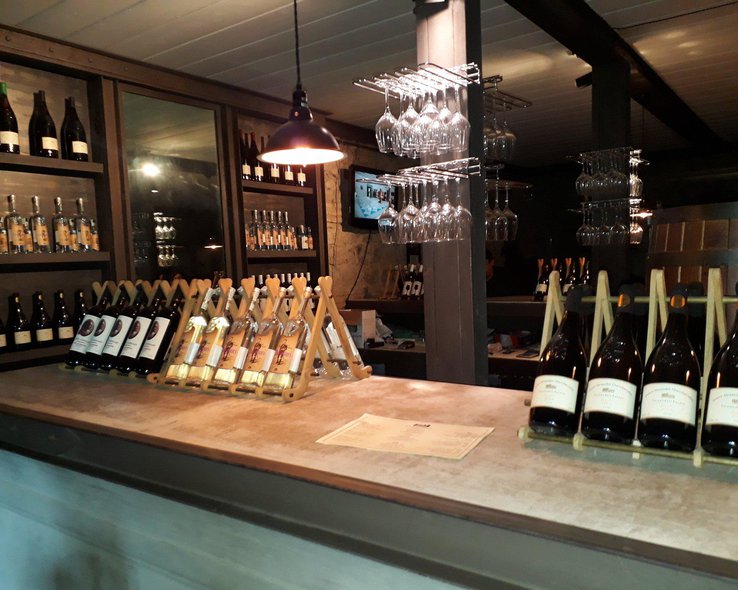
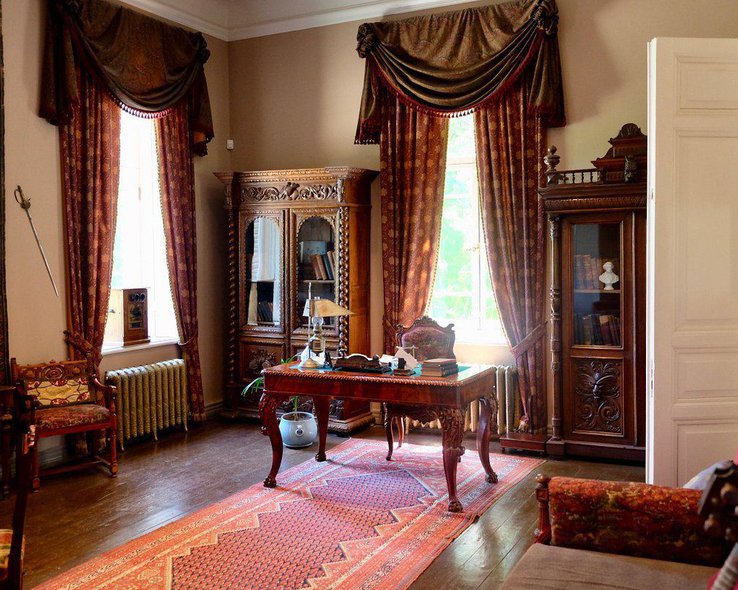
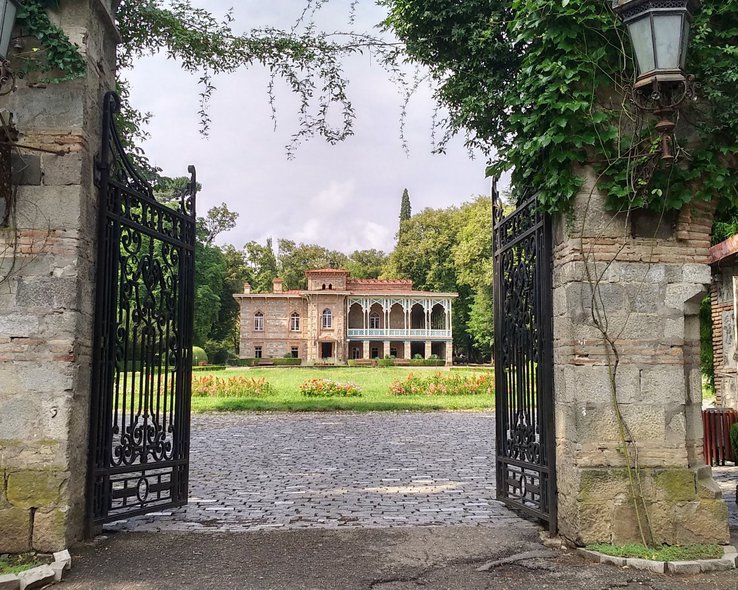
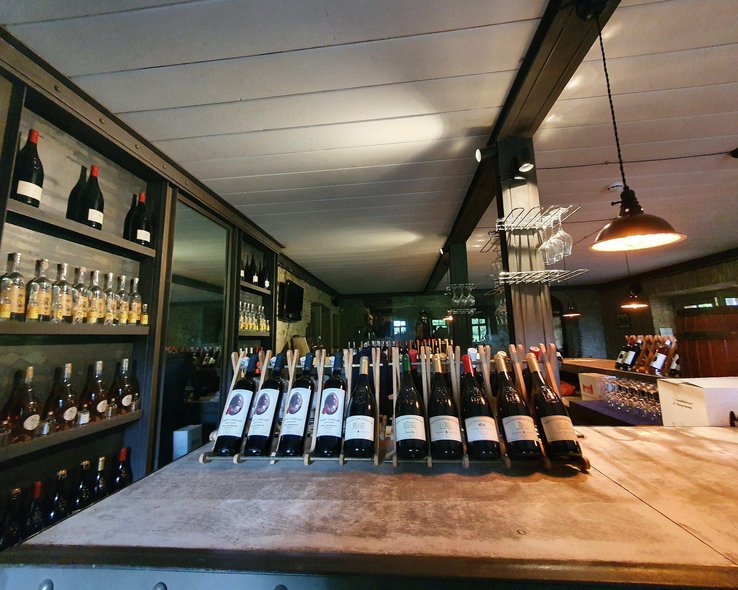
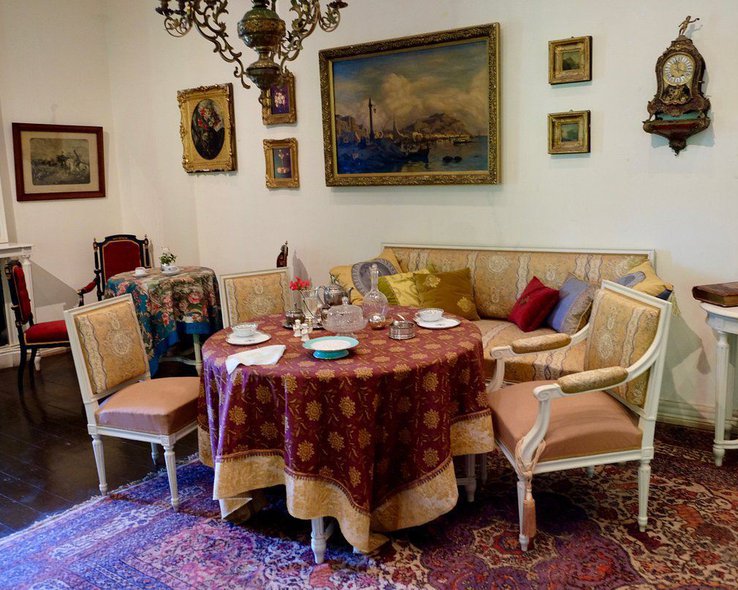
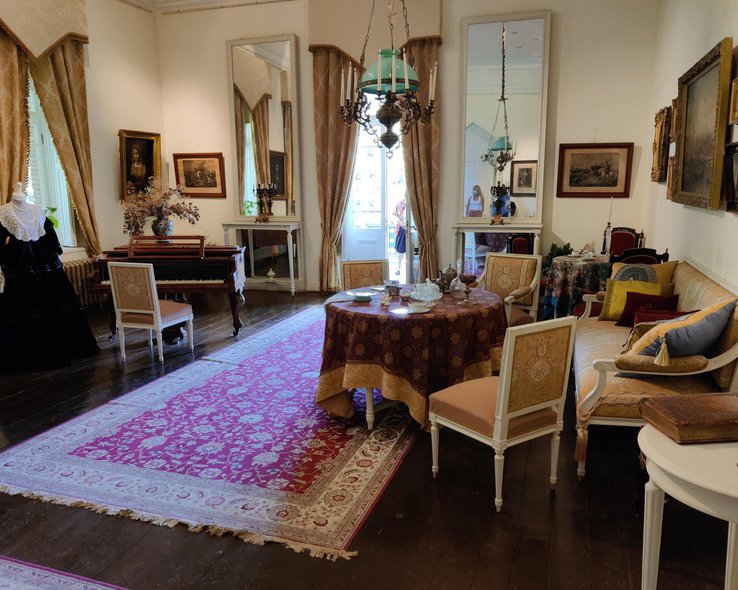
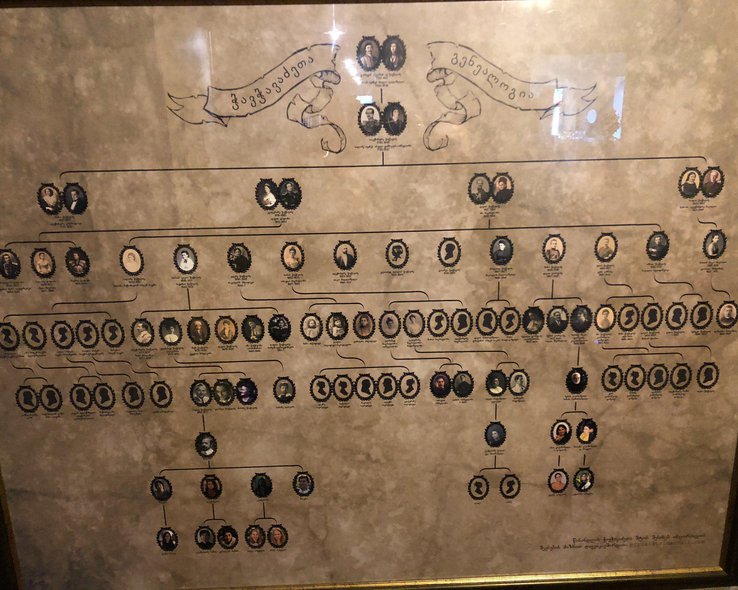
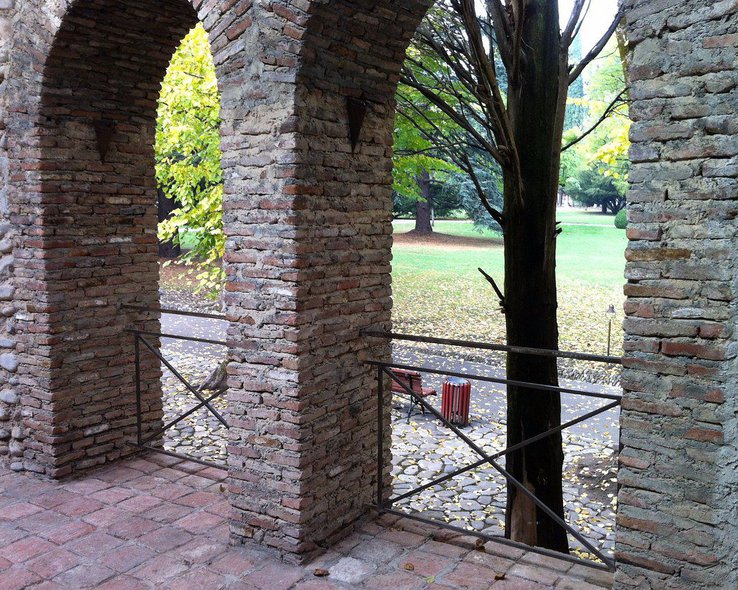
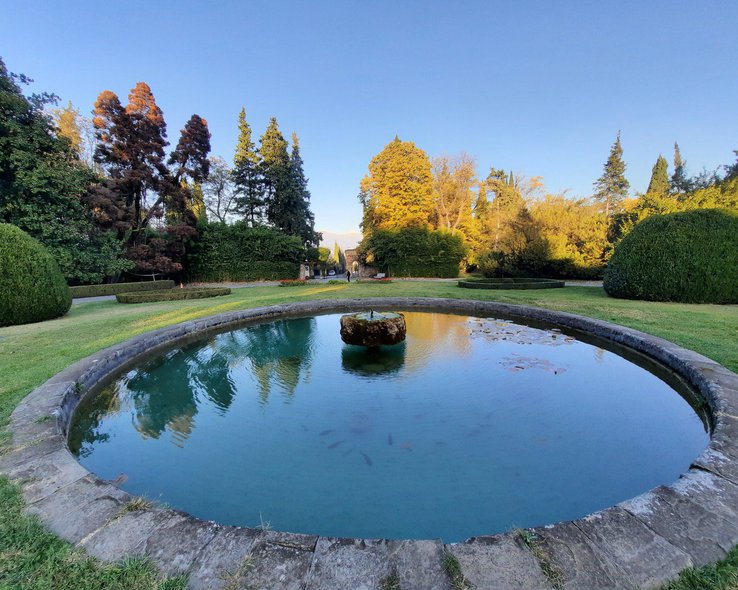
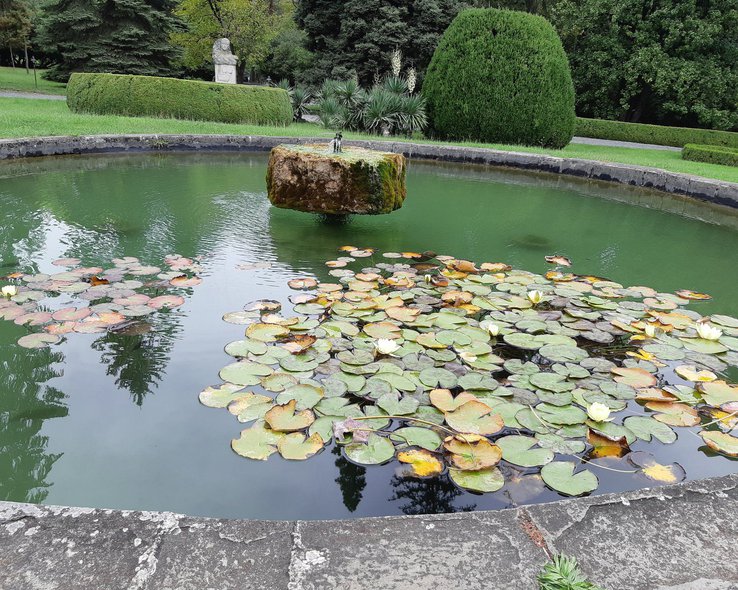
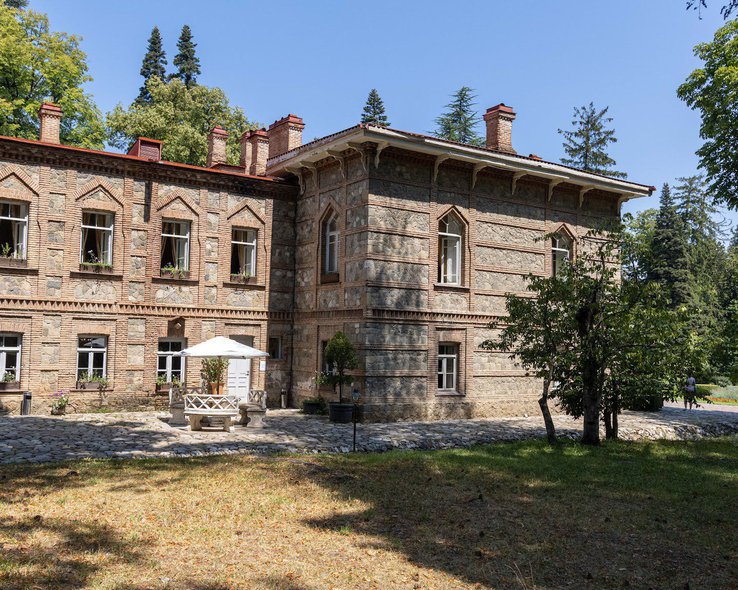
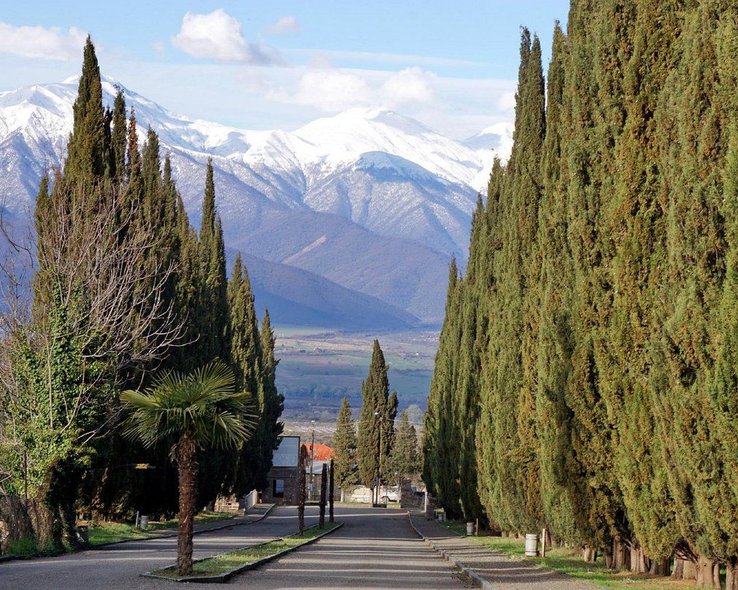
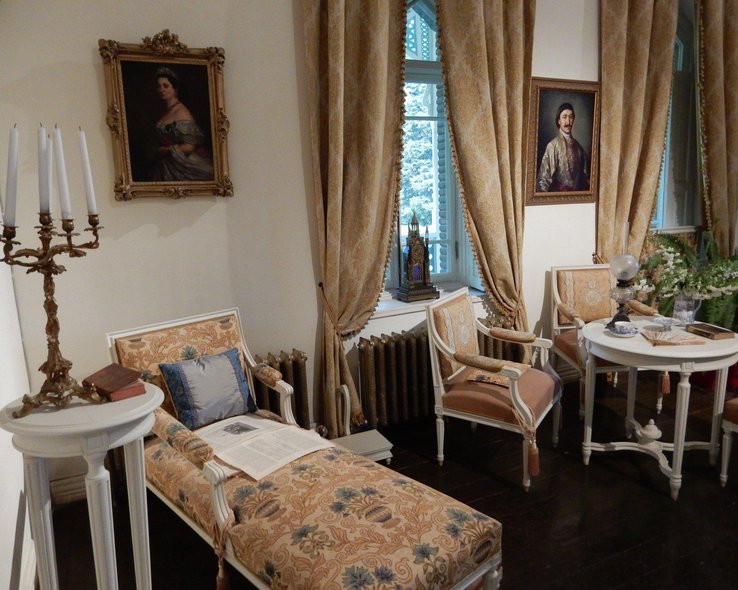
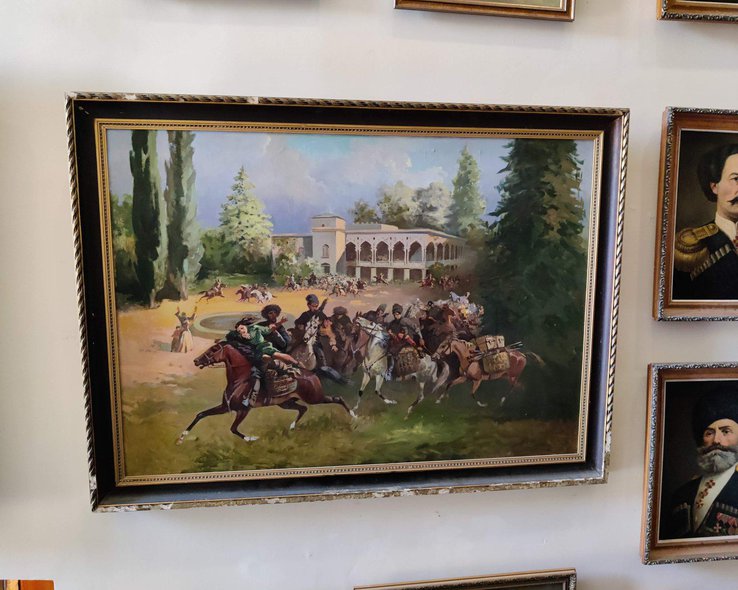
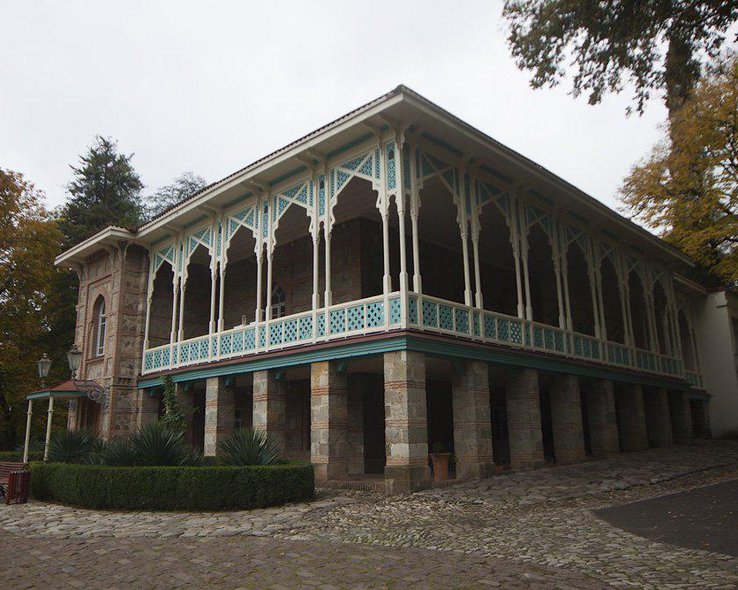



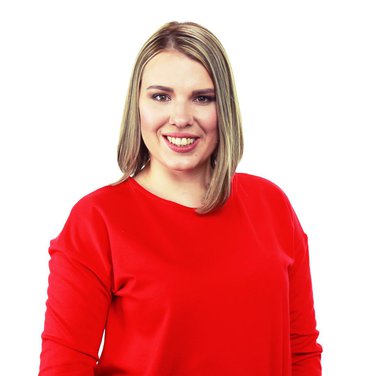
39 comments
Log in to leave a comment
Помимо того, что сам музей несет историческую ценность, там до си пор хранят вино, так как именно этот великий человек открыл европейский способ его обработки. Приятно, что помимо функции музея это еще и художественная школа, где ребята могут ближе познакомиться с искусством. В планах обязательно посетить этот музей!
Красота неописуемая!